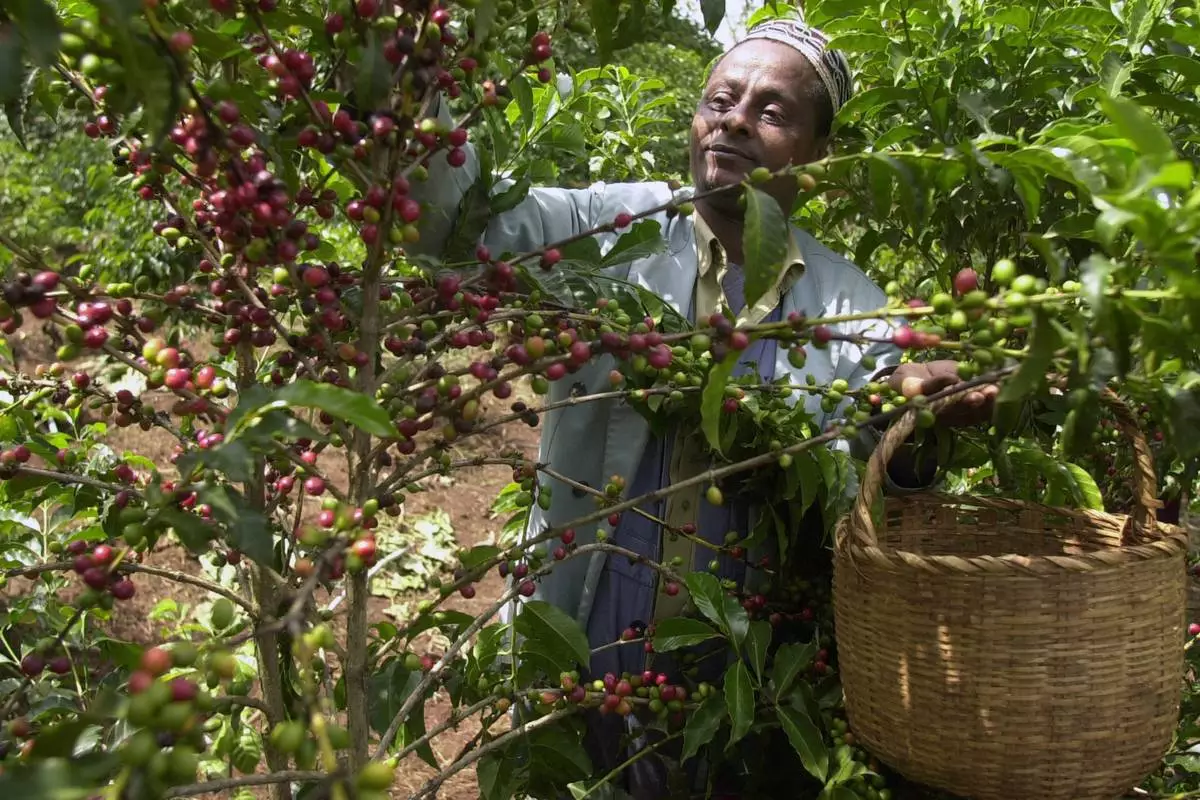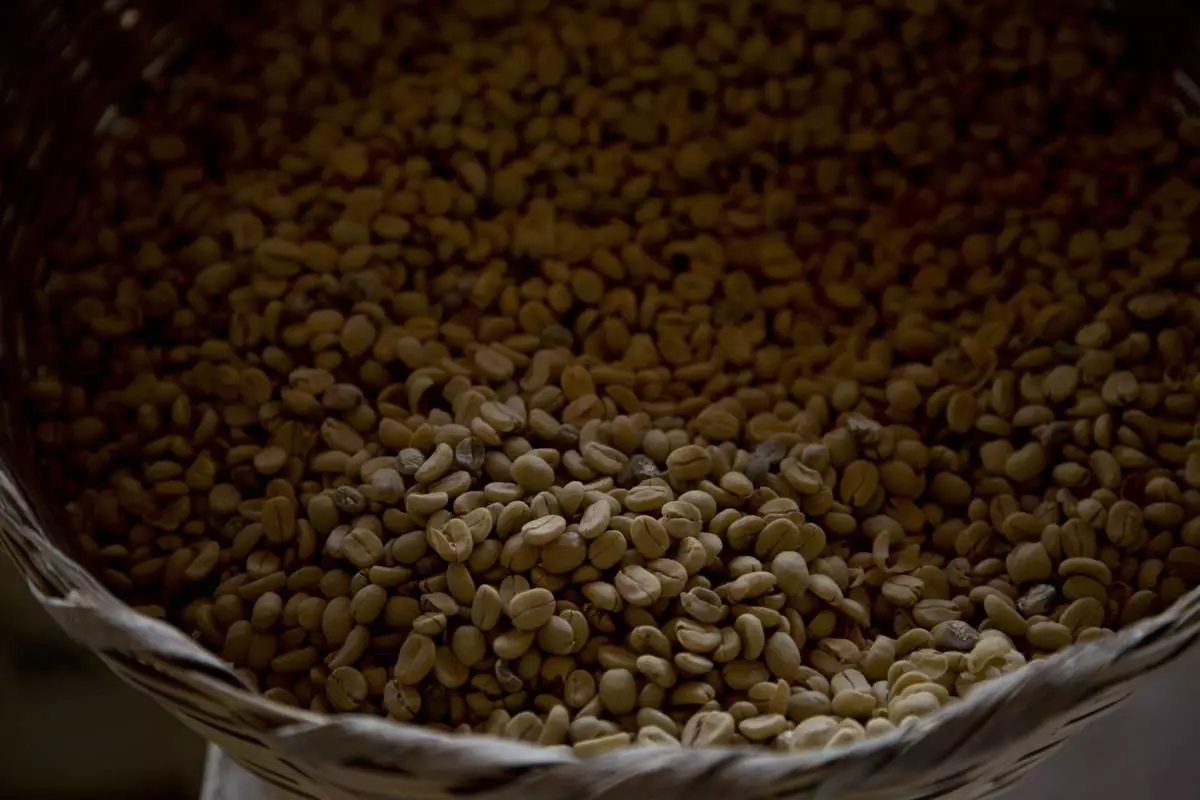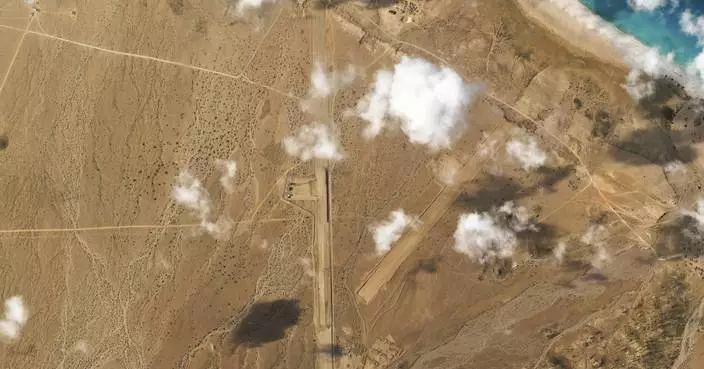A ballistic missile attack ripped through a military parade for a Yemeni southern separatist group that's backed by the United Arab Emirates, killing at least six troops and three children, a spokesman said Sunday.
The explosion took place while the separatists, known as the Resistance Forces, were finishing a parade for new recruits at a soccer field in the capital of Dhale province, said Maged al-Shoebi, a spokesman for the group, who spoke with The Associated Press by phone.
The southern separatists are allied with the Saudi-led coalition that's been fighting Yemen's Houthi rebels. But the UAE-backed southerners are currently at odds with Yemen's internationally recognized government, which is more closely allied with Saudi Arabia. Cracks within the anti-Houthi bloc have widened over the past several months.
Footage circulated online of Sunday's attack showing a hole in a stage at the edge of the field, apparently from an explosion, while other footage showed dead bodies on the ground.
More than 20 people including civilians were wounded in the blast, al-Shoebi said. He blamed the Houthis for the attack. The rebel group did not immediately comment.
The Houthis have been trying to wrest Dhale province from the southern separatists for years, but without much progress.
The conflict in Yemen began with the 2014 takeover of Sanaa by the Houthi rebels. They drove out the government of President Abed Rabbo Mansour Hadi, forcing him to flee to the south and eventually to Saudi Arabia, which entered the war in 2015.
The fighting in the Arab world’s poorest country has killed over 100,000 people and left millions suffering from food and medical shortages. The conflict has also pushed the country to the brink of famine.
Associated Press journalist Maad al-Zikry contributed to this report from Aden, Yemen.
That coffee you slurped this morning? It’s 600,000 years old.
Using genes from coffee plants around the world, researchers built a family tree for the world's most popular type of coffee, known to scientists as Coffea arabica and to coffee lovers simply as “arabica.”
The researchers, hoping to learn more about the plants to better protect them from pests and climate change, found that the species emerged around 600,000 years ago through natural crossbreeding of two other coffee species.
“In other words, prior to any intervention from man,” said Victor Albert, a biologist at the University at Buffalo who co-led the study.
These wild coffee plants originated in Ethiopia but are thought to have been first roasted and brewed primarily in Yemen starting in the 1400s. In the 1600s, Indian monk Baba Budan is fabled to have smuggled seven raw coffee beans back to his homeland from Yemen, laying the foundation for coffee’s global takeover.
Arabica coffee, prized for its smooth and relatively sweet flavor, now makes up 60% - 70% of the global coffee market and is brewed by brands such as Starbucks, Tim Horton's and Dunkin'. The rest is robusta, a stronger and more bitter coffee made from one of arabica's parents, Coffea canephora.
To piece together arabica coffee’s past, researchers studied genomes of C. canephora, another parent called Coffea eugenioides, and more than 30 different arabica plants, including a sample from the 1700s — courtesy of the Natural History Museum in London — that Swedish naturalist Carl Linnaeus used to name the plant.
The study was published Monday in the journal Nature Genetics. Researchers from Nestlé, which owns several coffee brands, contributed to the study.
The arabica plant’s population fluctuated over thousands of years before humans began cultivating it, flourishing during warm, wet periods and suffering through dry ones. These lean times created so-called population bottlenecks, when only a small number of genetically similar plants survived.
Today, that renders arabica coffee plants more vulnerable to diseases like coffee leaf rust, which cause billions of dollars in losses every year. The researchers explored the makeup of one arabica variety that is resistant to coffee leaf rust, highlighting sections of its genetic code that could help protect the plant.
The study clarifies how arabica came to be and spotlights clues that could help safeguard the crop, said Fabian Echeverria, an adviser for the Center for Coffee Research and Education at Texas A&M University who was not involved with the research.
Exploring arabica’s past and present could yield insight into keeping coffee plants healthy – and coffee cups full – for future early mornings.
The Associated Press Health and Science Department receives support from the Howard Hughes Medical Institute’s Science and Educational Media Group. The AP is solely responsible for all content.

FILE - Mohammed Fita picks coffee beans on his farm Choche, near Jimma, 375 kilometers (234 miles) southwest of Addis Ababa, Ethiopia, on Saturday, Sept. 21 2002. Wild coffee plants originated in Ethiopia but are thought to have been primarily roasted and brewed in Yemen starting in the 1400s. (AP Photo/Sayyid Azim, File)

FILE - Arabica coffee beans harvested the previous year are stored at a coffee plantation in Ciudad Vieja, Guatemala, on May 22, 2014. In a study published in the journal Nature Genetics on Monday, April 15, 2024, researchers estimate that Coffea arabica came to be from natural crossbreeding of two other coffee species over 600,000 years ago. (AP Photo/Moises Castillo, File)





